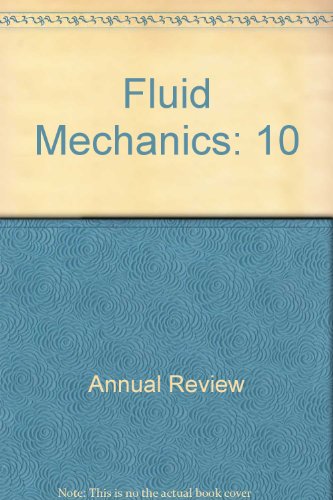湍流中气泡和液滴的变形和破裂
IF 30.2
1区 工程技术
Q1 MECHANICS
引用次数: 1
摘要
在湍流中,气泡和液滴的破碎产生了一个跨越广泛尺度的分散相,包括从纳米乳剂中的液滴到破碎波中携带的厘米大小的气泡。除了变形,破碎在增加界面面积方面起着至关重要的作用,对包括食品、制药和海洋工程在内的各个行业都有深远的影响。然而,由于通常涉及的各向异性和非均匀湍流的复杂性,不同湍流强度区域的未知停留时间,以及密度和粘度比带来的困难,理解和建模这些过程具有挑战性。尽管存在这些挑战,但最近的进展为湍流中变形和破碎的潜在物理学提供了新的见解。本文总结了各个领域的现有工作,突出了关键结果和不确定性,并研究了对湍流调制,减阻和传热传质的影响。预计流体力学年度评论的最终在线出版日期,第56卷是2024年1月。修订后的估计数请参阅http://www.annualreviews.org/page/journal/pubdates。本文章由计算机程序翻译,如有差异,请以英文原文为准。
Deformation and Breakup of Bubbles and Drops in Turbulence
Fragmentation of bubbles and droplets in turbulence produces a dispersed phase spanning a broad range of scales, encompassing everything from droplets in nanoemulsions to centimeter-sized bubbles entrained in breaking waves. Along with deformation, fragmentation plays a crucial role in enhancing interfacial area, with far-reaching implications across various industries, including food, pharmaceuticals, and ocean engineering. However, understanding and modeling these processes are challenging due to the complexity of anisotropic and inhomogeneous turbulence typically involved, the unknown residence time in regions with different turbulence intensities, and difficulties arising from the density and viscosity ratios. Despite these challenges, recent advances have provided new insights into the underlying physics of deformation and fragmentation in turbulence. This review summarizes existing works in various fields, highlighting key results and uncertainties, and examining the impact on turbulence modulation, drag reduction, and heat and mass transfer.Expected final online publication date for the Annual Review of Fluid Mechanics, Volume 56 is January 2024. Please see http://www.annualreviews.org/page/journal/pubdates for revised estimates.
求助全文
通过发布文献求助,成功后即可免费获取论文全文。
去求助
来源期刊
CiteScore
54.00
自引率
0.40%
发文量
43
期刊介绍:
The Annual Review of Fluid Mechanics is a longstanding publication dating back to 1969 that explores noteworthy advancements in the field of fluid mechanics. Its comprehensive coverage includes various topics such as the historical and foundational aspects of fluid mechanics, non-newtonian fluids and rheology, both incompressible and compressible fluids, plasma flow, flow stability, multi-phase flows, heat and species transport, fluid flow control, combustion, turbulence, shock waves, and explosions.
Recently, an important development has occurred for this journal. It has transitioned from a gated access model to an open access platform through Annual Reviews' innovative Subscribe to Open program. Consequently, all articles published in the current volume are now freely accessible to the public under a Creative Commons Attribution (CC BY) license.
This new approach not only ensures broader dissemination of research in fluid mechanics but also fosters a more inclusive and collaborative scientific community.

 求助内容:
求助内容: 应助结果提醒方式:
应助结果提醒方式:


